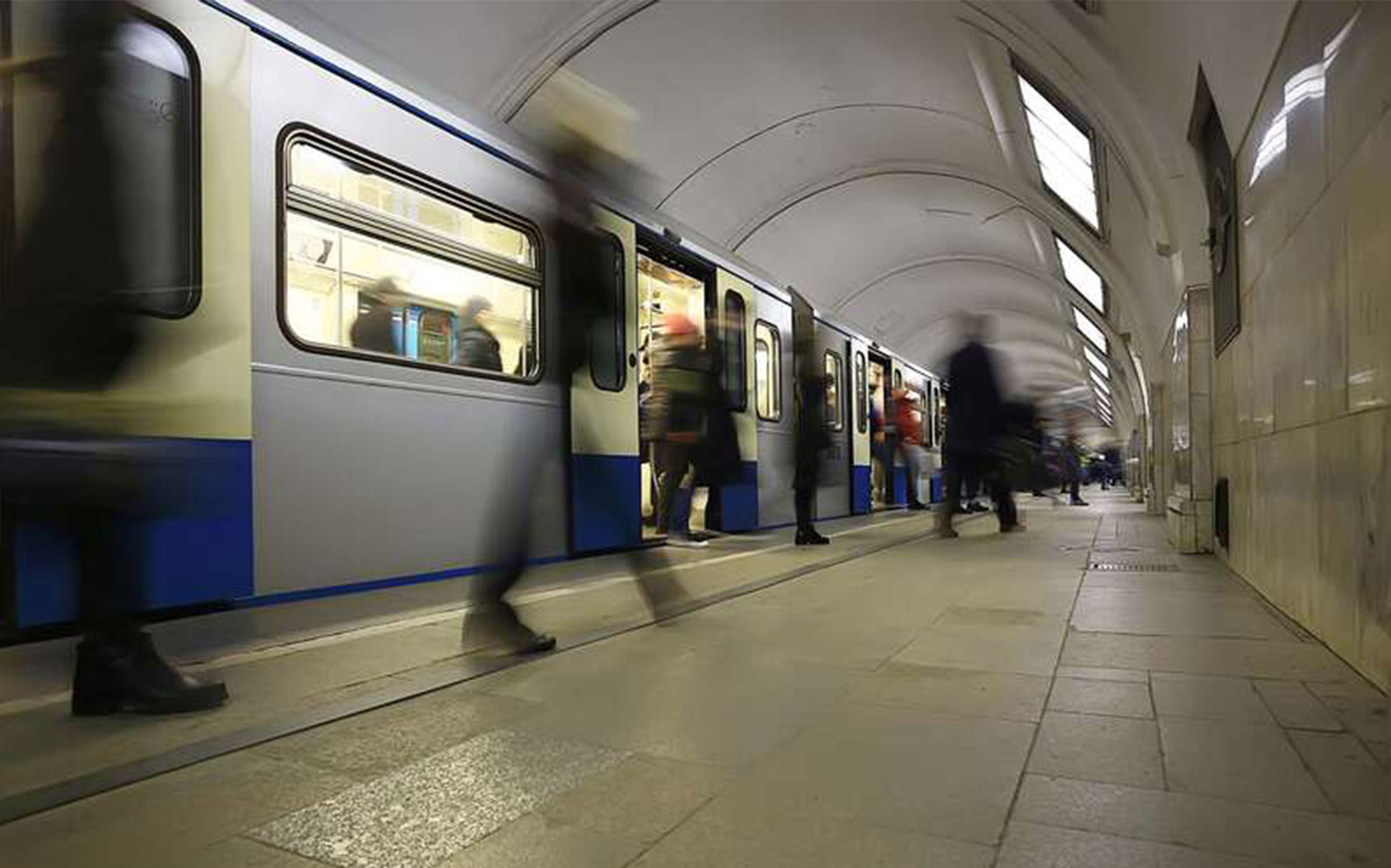Frauscher Sensor Technology has completed the divestiture to Wabtec Corporation.
Find Out MoreNotification Center

Train DetectionFrance
Homologation for the Île-de-France tramway network
The network of Île-de-France tramways in the region of Paris has been a showcase model of public transport since the line T1 opened in 1992. Over a million passengers use these trams daily and today, the system consists of 11 lines covering over 100 kilometres of track. Over the next years it is planned to expand this network even further. For track vacancy detection, the Frauscher axle counting system is considered as being the ideal solution for this comprehensive network.
To realize the project, a homologation of the relevant components was needed from the quality team of RATP (Régie Autonome des Transports Parisiens). Thus, Frauscher installed the Frauscher Advanced Counter FAdC® axle counter with Wheel Sensors RSR180 GS05. Furthermore, in line T8’s depot, the existing Frauscher Axle Counting System ACS2000 with RSR180 GS03 wheel sensors was updated with the new system.
The project was initiated in 2019 and successfully completed in 2020. A track section in the depot’s shunting area that includes a red-light crossing was chosen for the installation. The track section is composed by four counting heads on which the FAdC® is used for track vacancy detection. The red-light crossing comes into play at the first counting head, directly before the point.
The homologation process included a thorough test of the installation during a period of six months, the audit of product safety documentation, as well as many other factors which were considered as well.
This might also interest you

Data TransmissionUnited Kingdom of Great Britain and Northern Ireland
Headbolt Lane to Rainford Project

ServicesAustria
Salzburger Lokalbahn

Train DetectionDenmark
Renewal signalling FAdC® and RSR123

Train DetectionGermany
Dillinger Hütte
